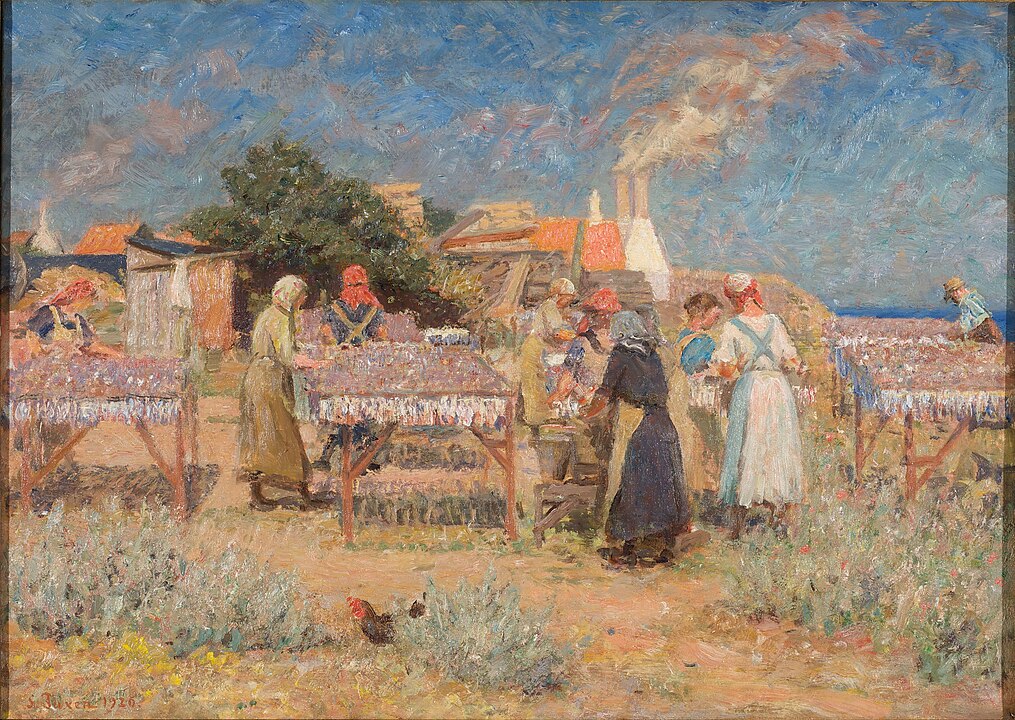
Laurits Tuxen, a Danish painter born on December 9, 1853, in Copenhagen, emerged as a prominent figure in the Scandinavian art scene during the late 19th and early 20th centuries. His artistic journey traversed various styles, from realism to portraiture, and he became renowned for his ability to capture the essence of his subjects with a masterful use of color and light.
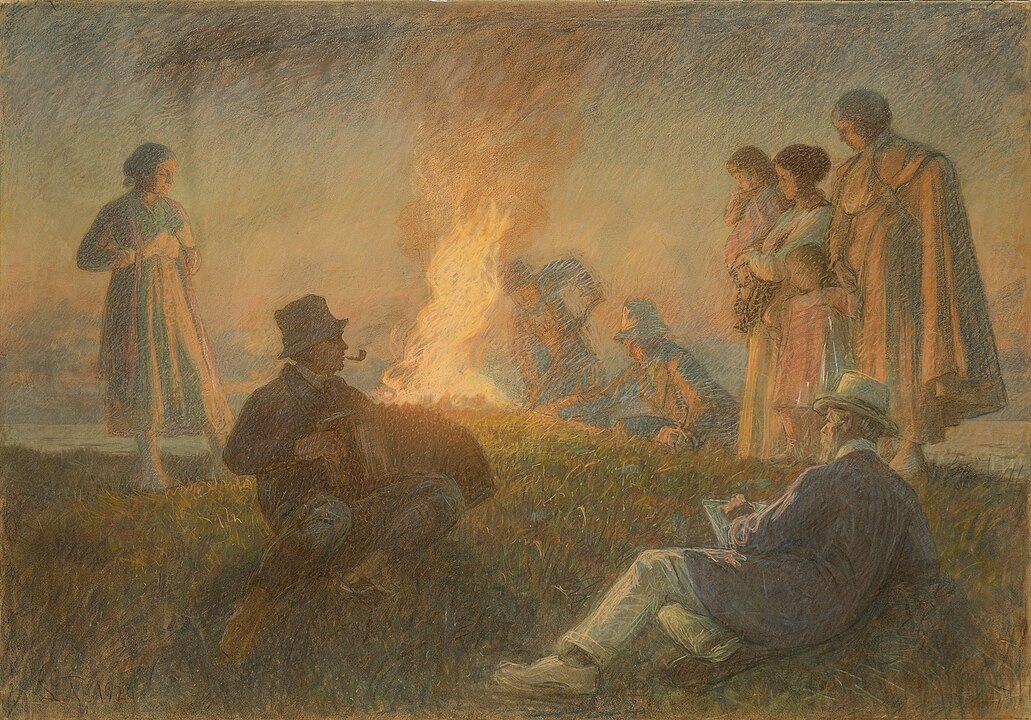
Growing up in Copenhagen, Tuxen’s artistic talents were evident from an early age. Encouraged by his family, he enrolled at the Royal Danish Academy of Fine Arts at the age of 17. Under the guidance of influential mentors, including Peder Severin Krøyer, Tuxen honed his skills and developed a deep appreciation for classical art techniques.
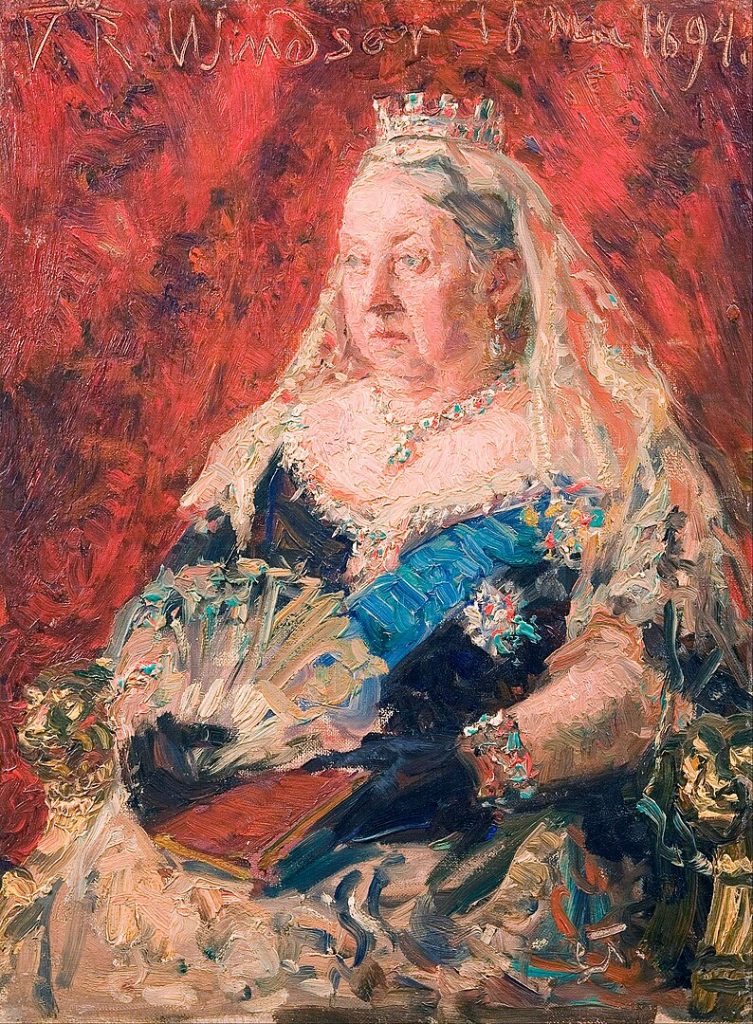
In the early phase of his career, Tuxen gravitated towards realism, depicting scenes of everyday life with meticulous attention to detail. His work often showcased the beauty of the Danish landscape and its people, reflecting the influence of the Golden Age of Danish Painting. Tuxen’s commitment to portraying his surroundings authentically laid the foundation for his later contributions to Scandinavian art.
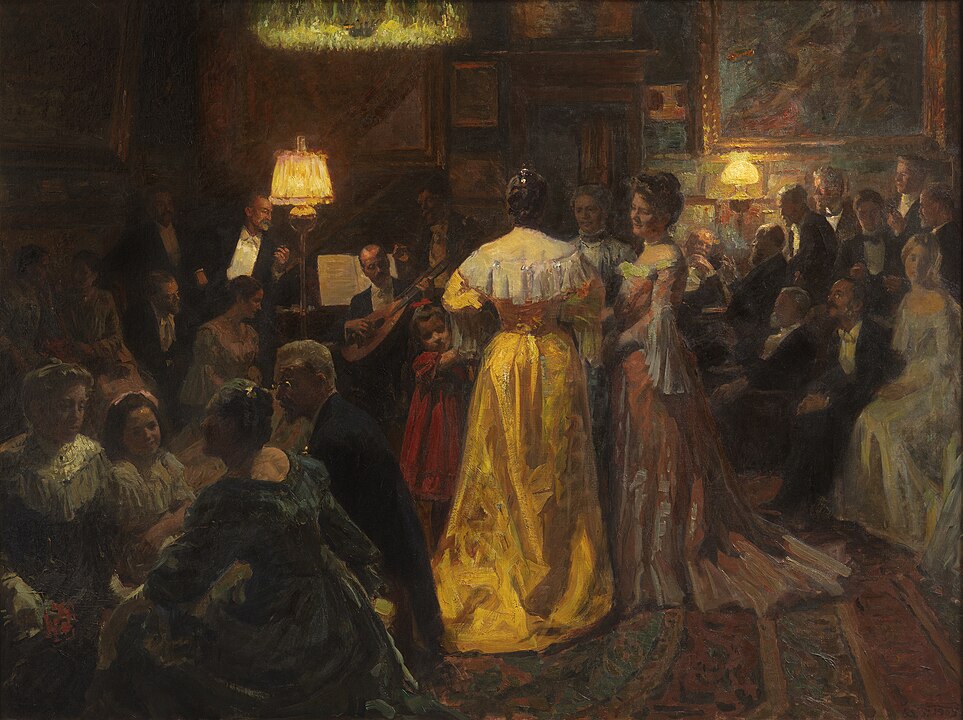
Tuxen’s talent soon gained recognition, and he received a travel scholarship that allowed him to explore the art capitals of Europe. He studied in Paris and Munich, absorbing the diverse artistic influences prevalent in these cultural hubs. The exposure to different styles broadened his artistic palette, and he began incorporating elements of impressionism into his work.
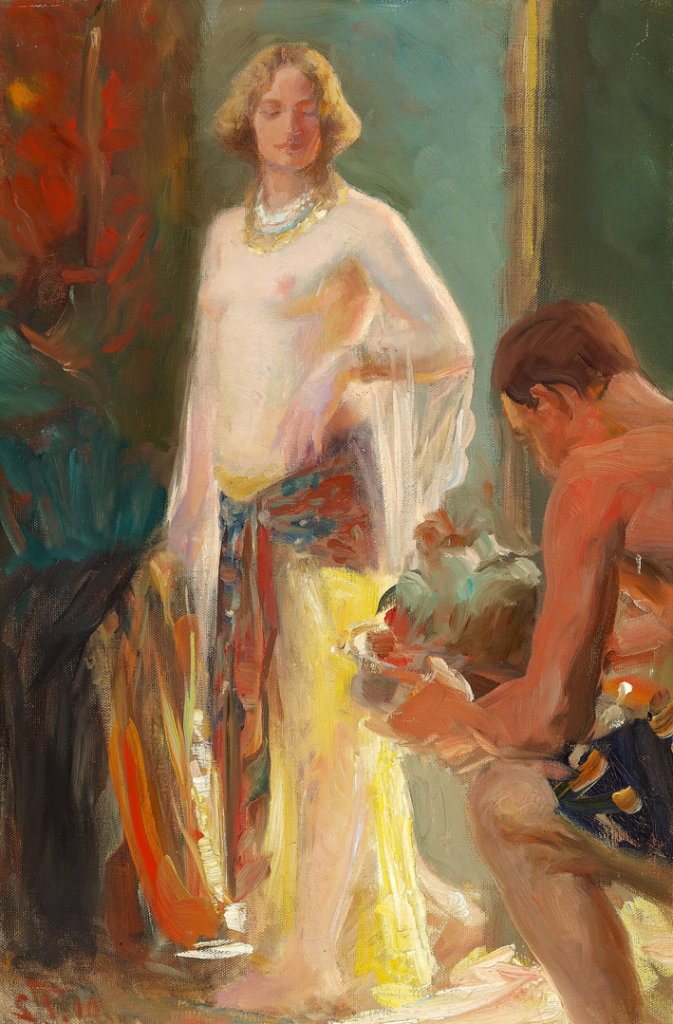
The turning point in Tuxen’s career came when he joined the Skagen Painters, a group of Danish and Nordic artists who congregated in the fishing village of Skagen at the northern tip of Denmark. The unique quality of light in Skagen captivated Tuxen, inspiring him to experiment with new techniques and themes. His paintings from this period often featured the play of sunlight on the sea, sandy beaches, and the rugged coastal landscapes.
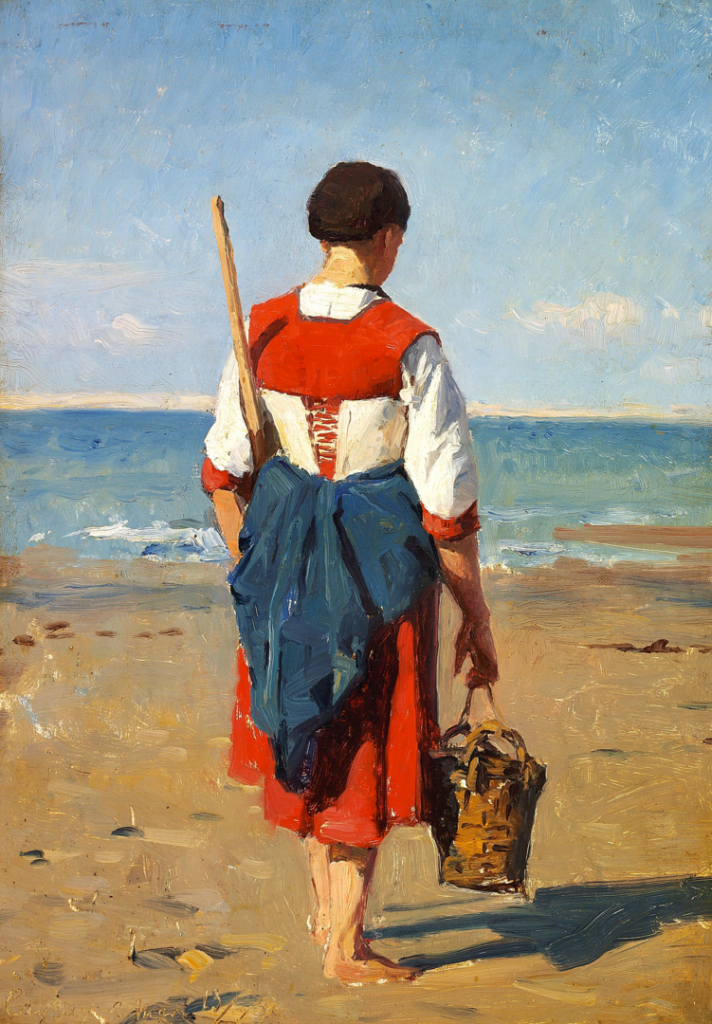
Portraiture became a significant focus for Tuxen, and he gained acclaim for his ability to capture the personalities of his subjects with an empathetic and insightful gaze. His portraits ranged from members of the Danish royal family to ordinary fishermen, each imbued with a sense of humanity and individuality. Tuxen’s work during this period exemplified a synthesis of impressionistic influences and a commitment to narrative depth.
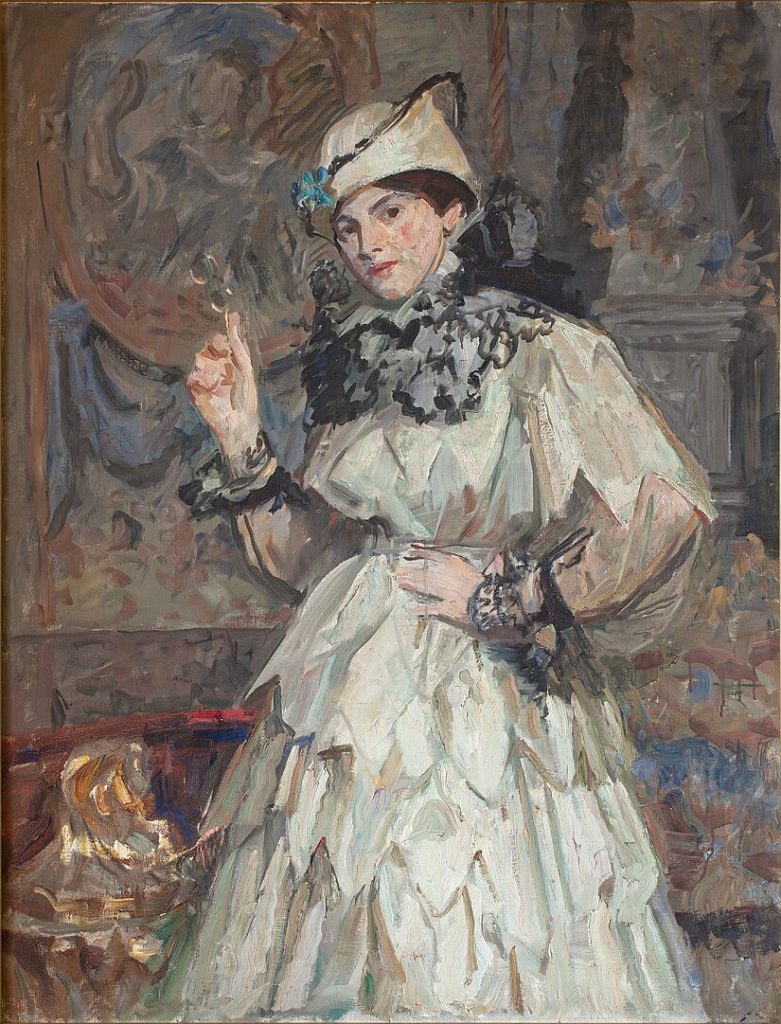
One of Tuxen’s most notable achievements was his appointment as the official court painter for the Danish royal family. His artistic prowess and ability to portray regality and warmth in his portraits made him a favored choice. Tuxen’s portraits of King Christian IX, Queen Louise, and other members of the royal family stand as enduring testaments to his skill in capturing the essence of his subjects.
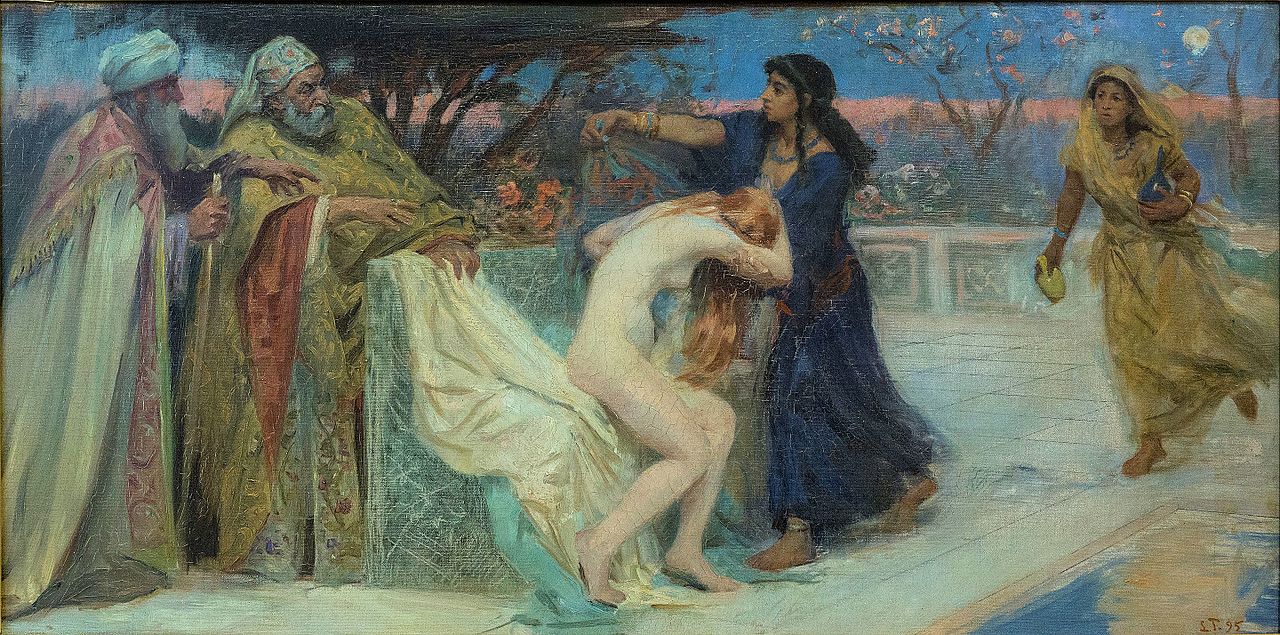
Tuxen’s involvement with the Danish royal family extended beyond portraiture. He accompanied Princess Louise, one of Queen Victoria’s daughters, on her journey to Greece, documenting the expedition through his art. His ability to convey the historical and cultural significance of these events added a new dimension to his body of work.
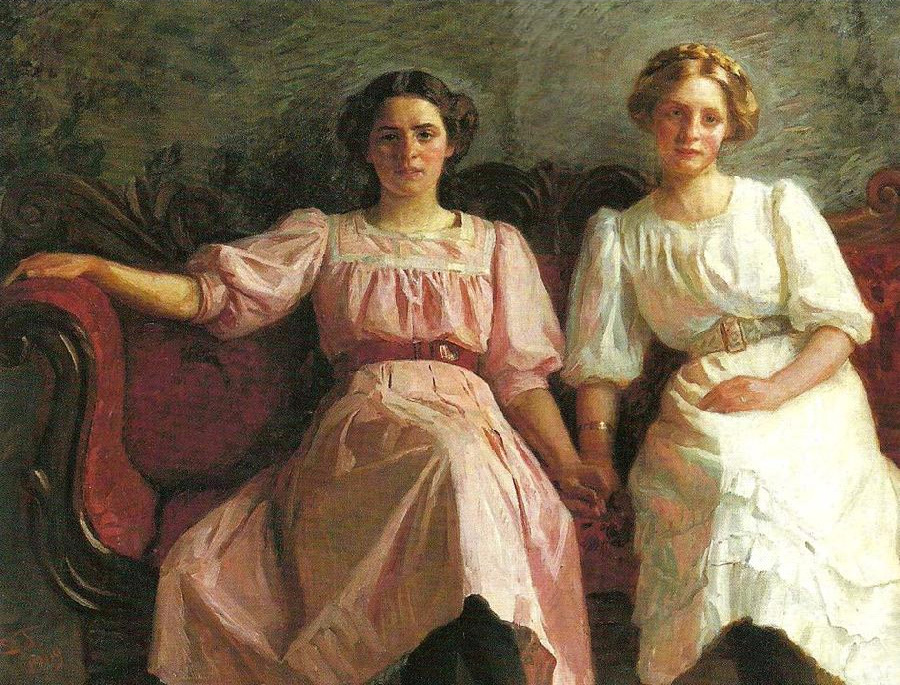
The artist’s international reputation continued to grow, and he received commissions from various European courts. Tuxen’s artistic contributions were not confined to canvas; he played a crucial role in the decoration of the Great Hall at Christiansborg Palace in Copenhagen, showcasing his versatility and commitment to larger-scale artistic endeavors.

As the early 20th century unfolded, Tuxen witnessed significant shifts in the art world. Modernist movements gained momentum, challenging traditional artistic conventions. While Tuxen remained rooted in his commitment to classical techniques, he acknowledged the evolving artistic landscape. His ability to navigate between traditional and modern influences demonstrated his adaptability and resilience as an artist.
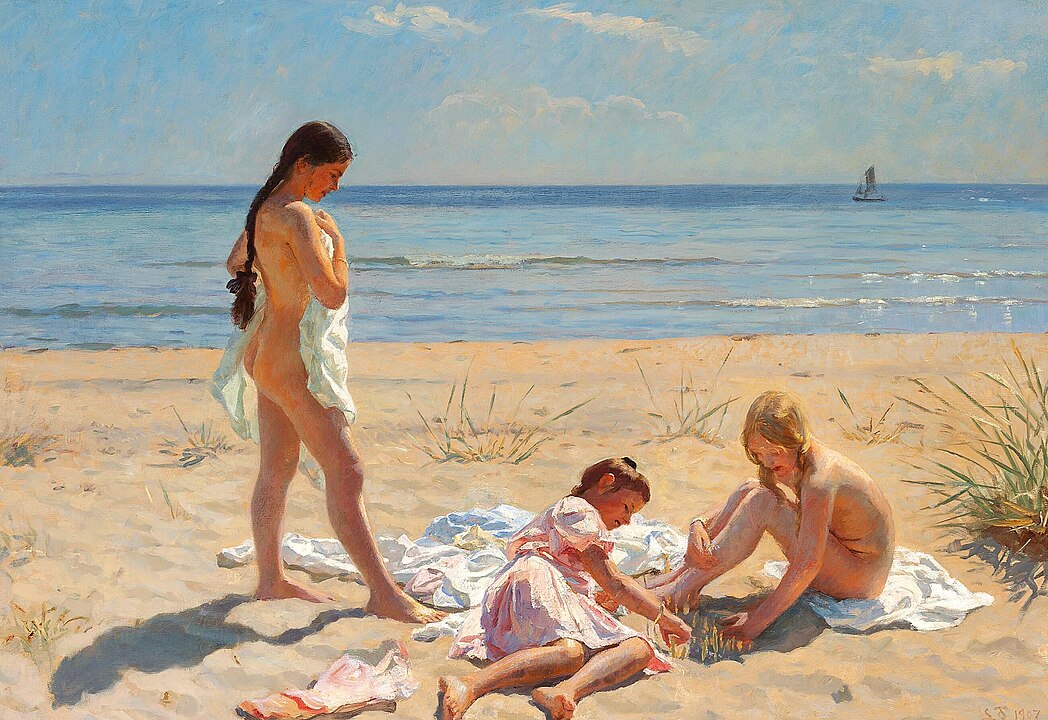
Laurits Tuxen’s later years were marked by continued recognition and numerous accolades. He received prestigious awards, including the Eckersberg Medal and the Order of the Dannebrog. Tuxen’s legacy extended beyond his own artistic achievements; he contributed to the preservation and celebration of Danish art through his involvement in cultural institutions and artistic societies.
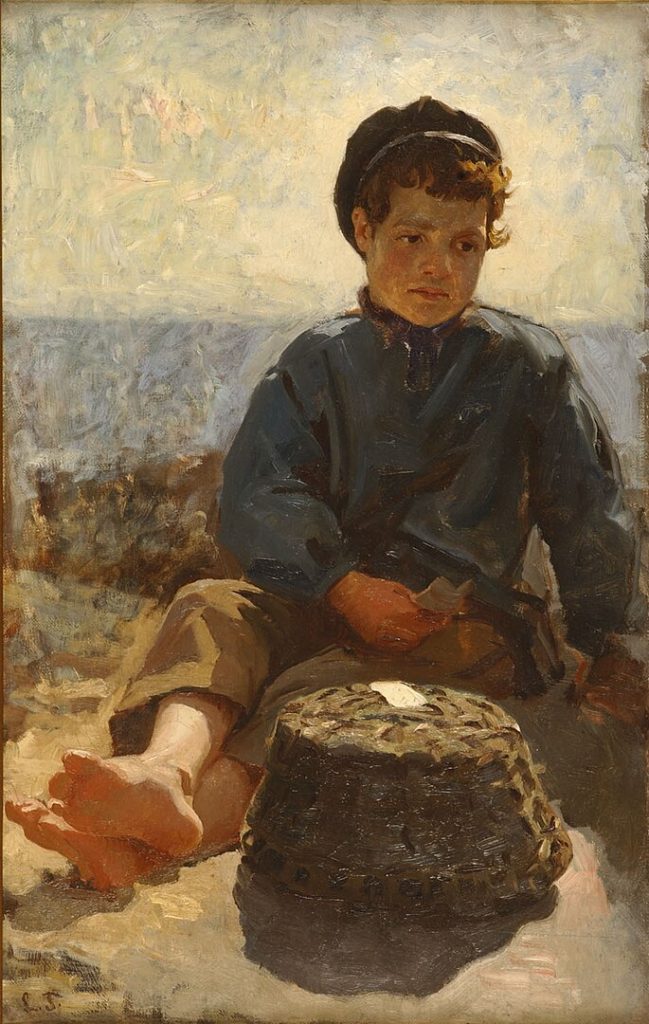
The painter’s life came to a close on November 21, 1927, leaving behind a rich and diverse body of work that encapsulated the spirit of his time. Laurits Tuxen’s artistic journey, characterized by a dedication to capturing the beauty of his surroundings and the depth of human experience, continues to be celebrated as a significant chapter in the history of Scandinavian art. His paintings, whether depicting the sunlit shores of Skagen or the regal portraits of monarchs, stand as enduring testaments to his mastery of the craft and his contribution to the cultural heritage of Denmark and beyond.



